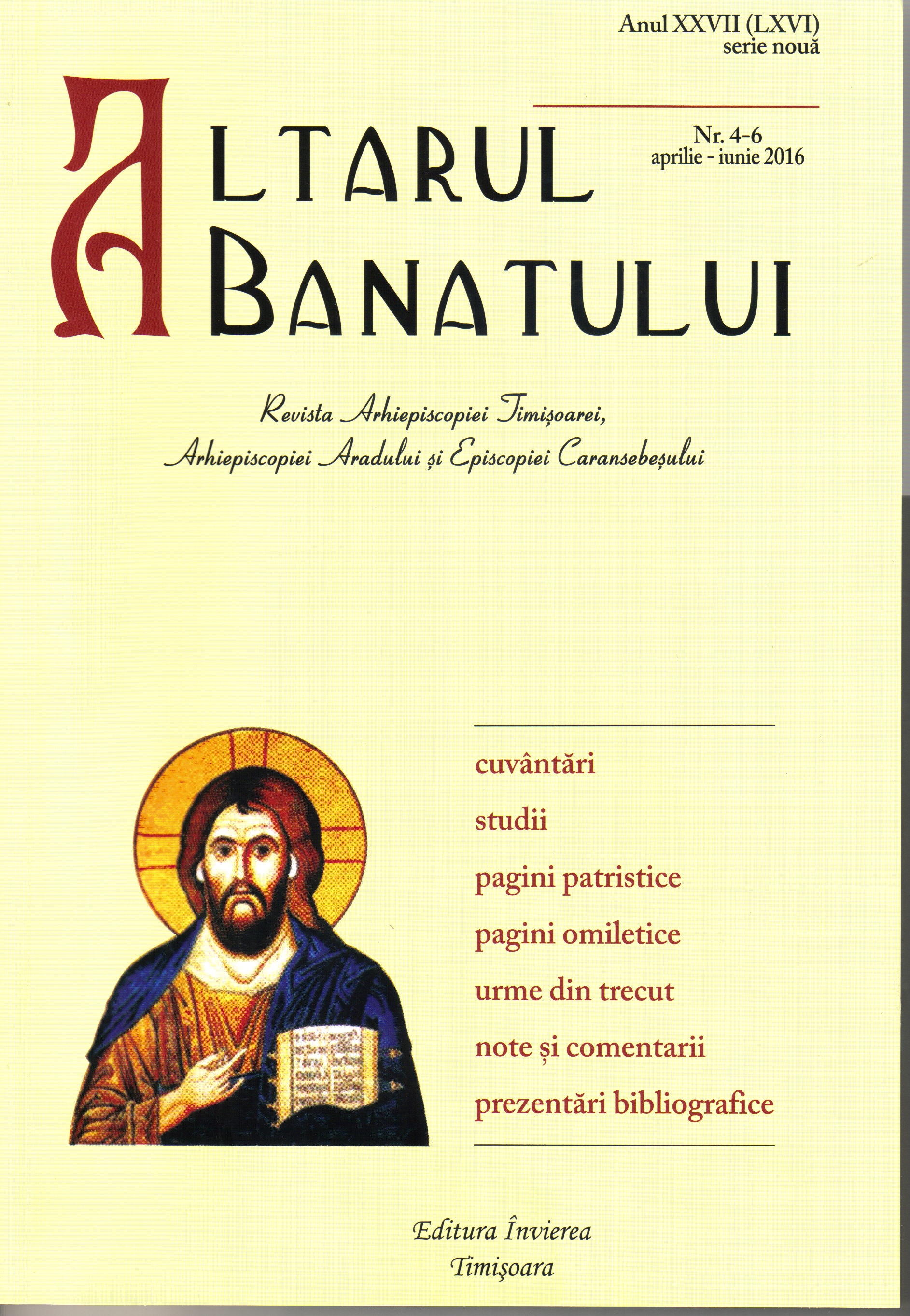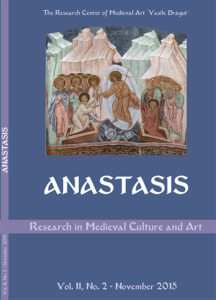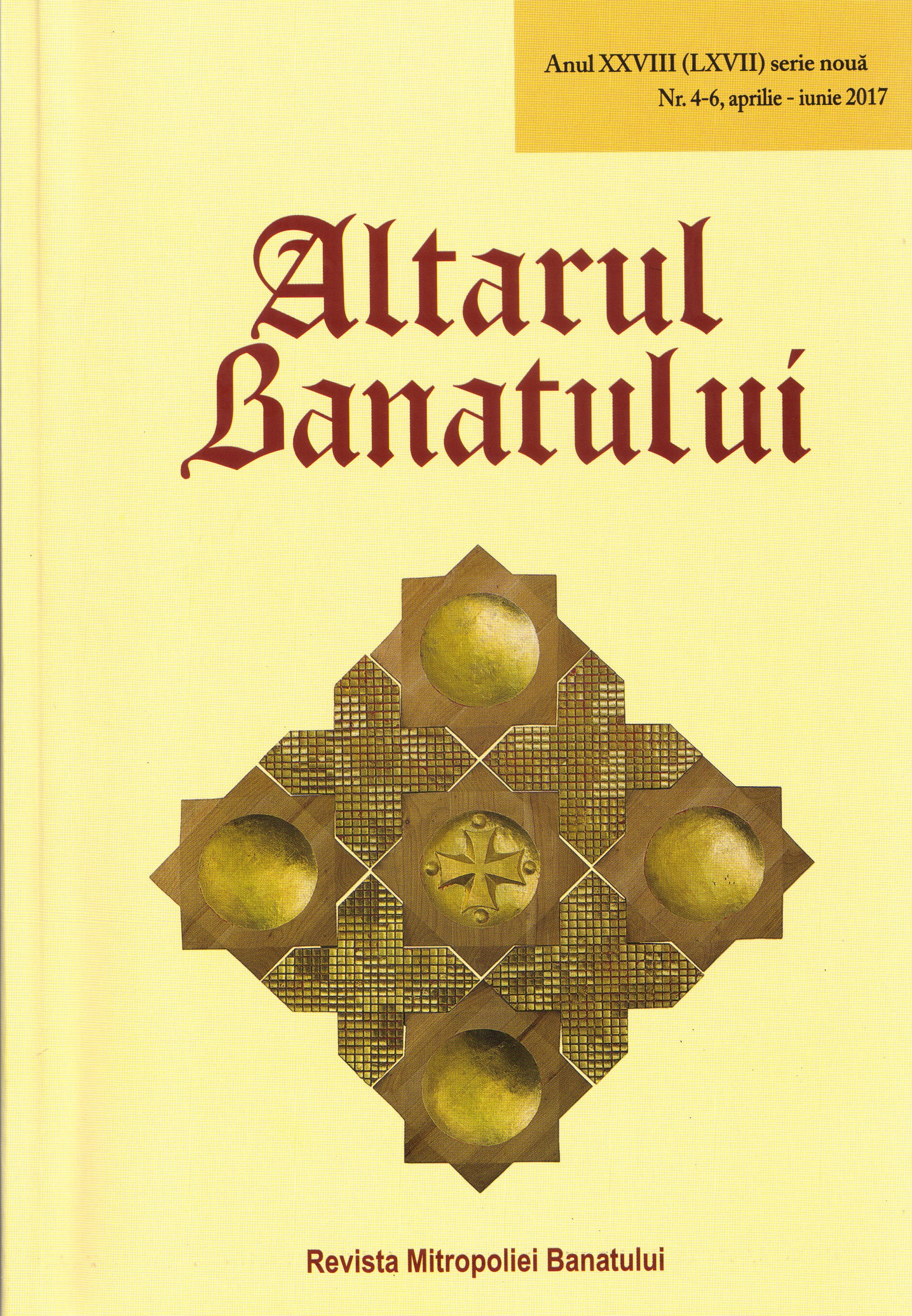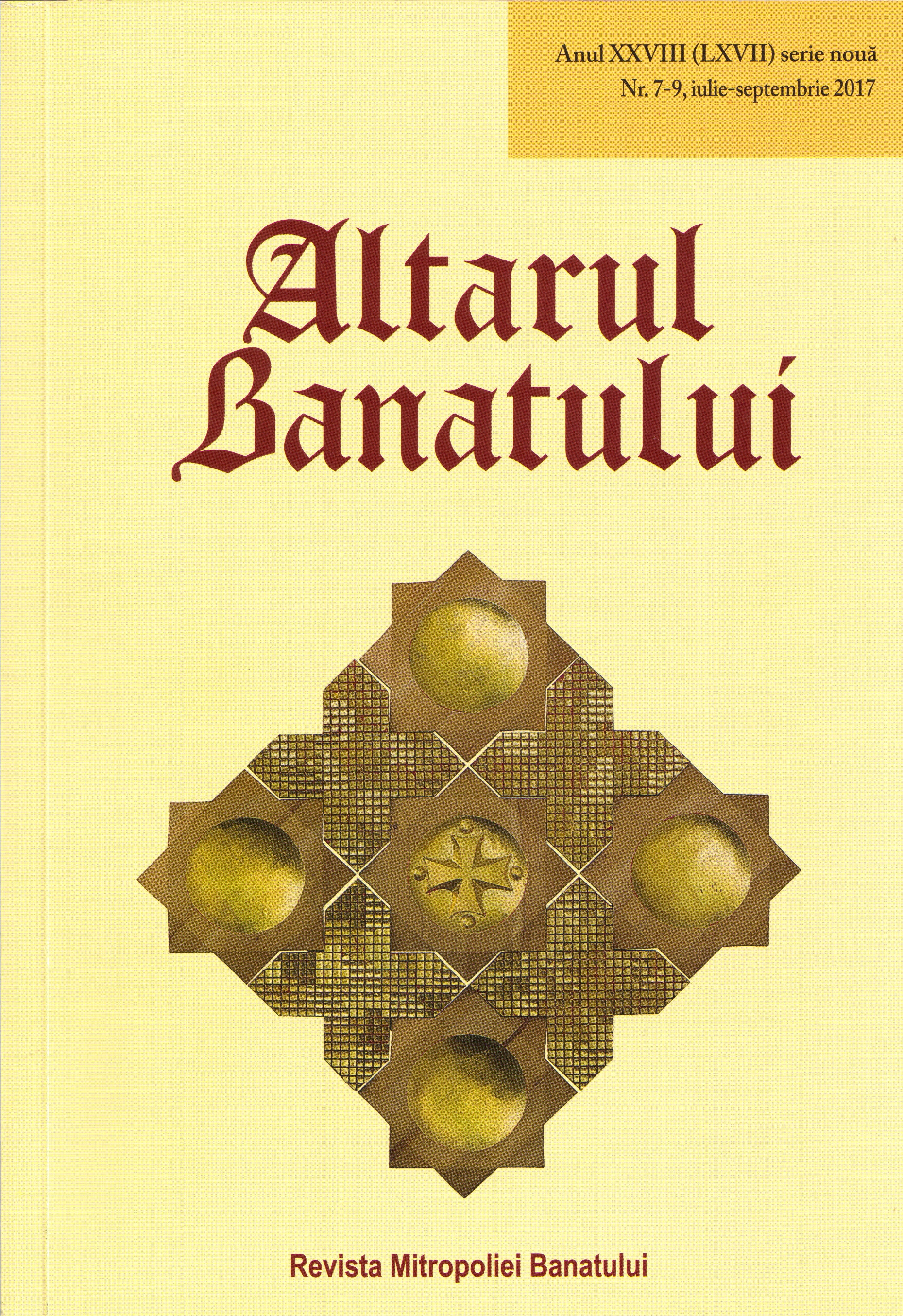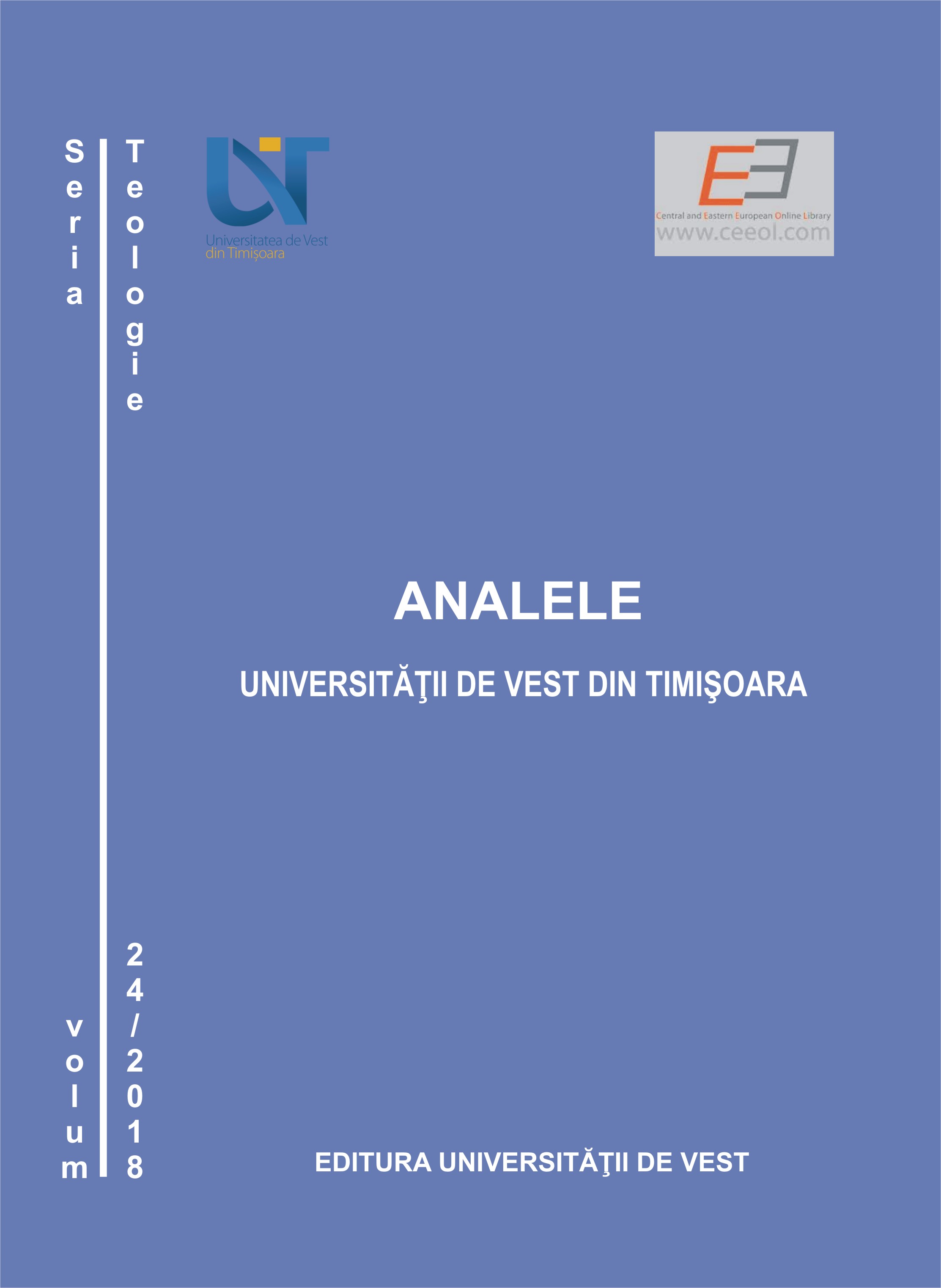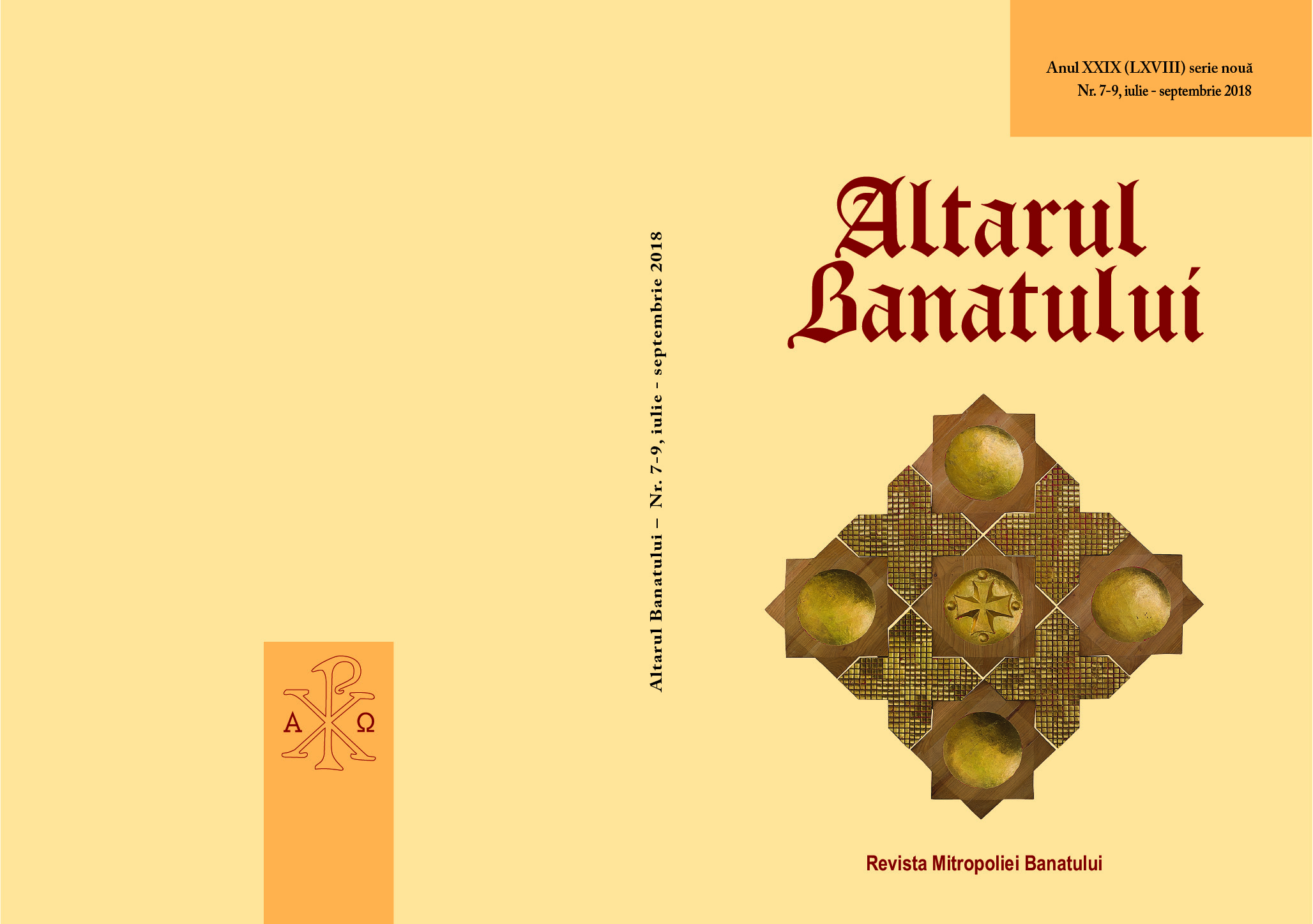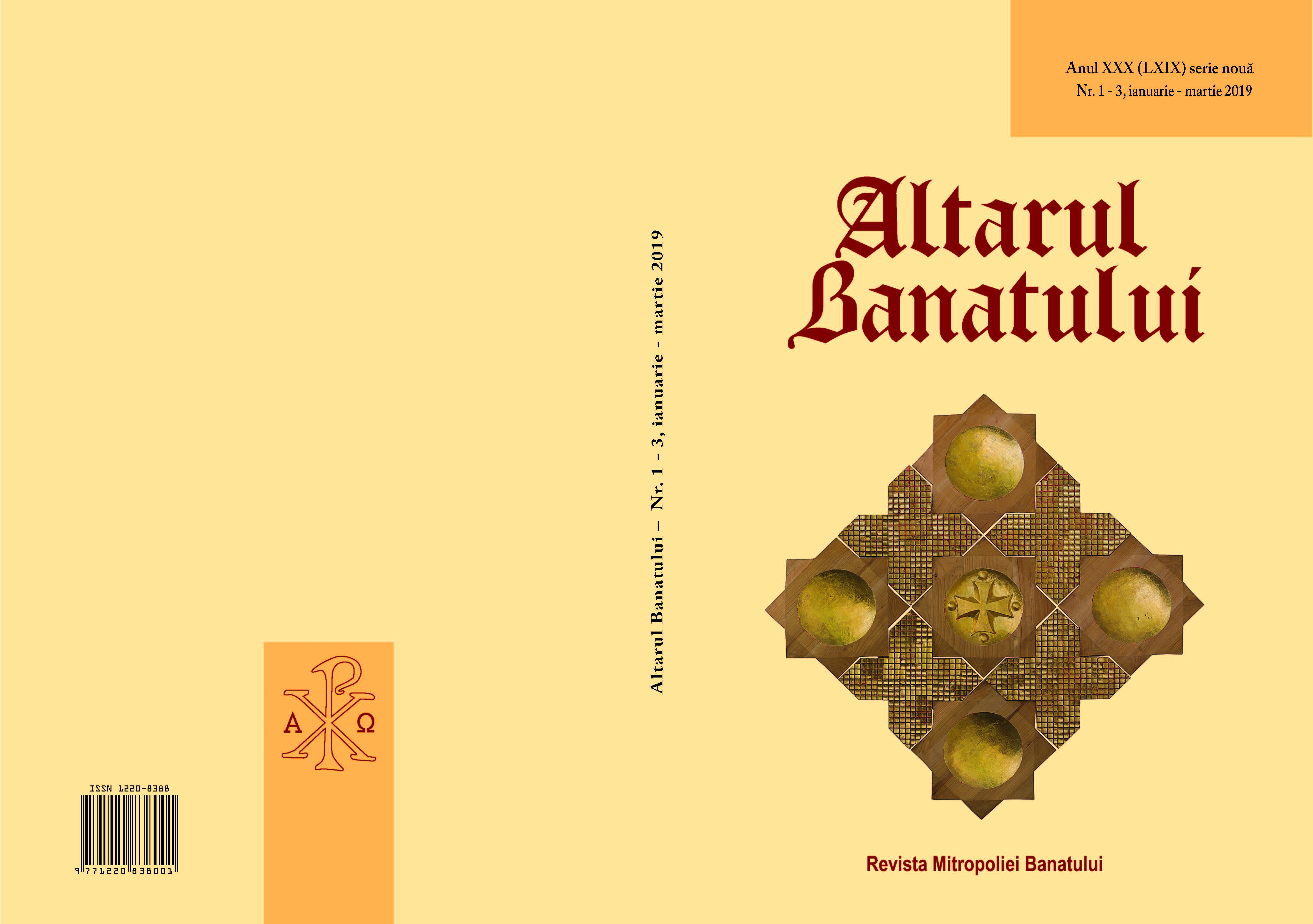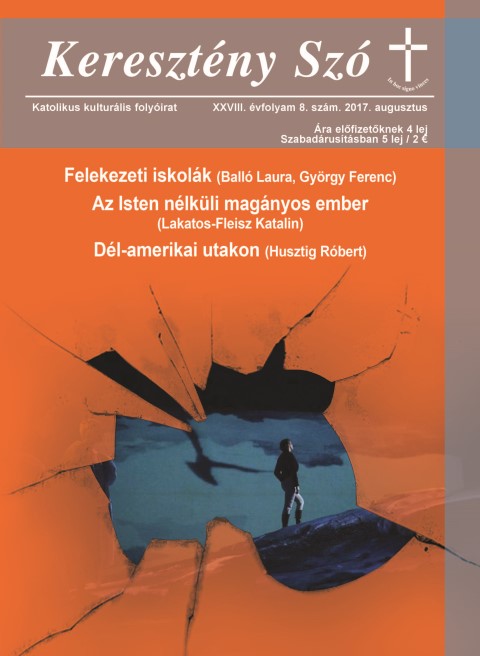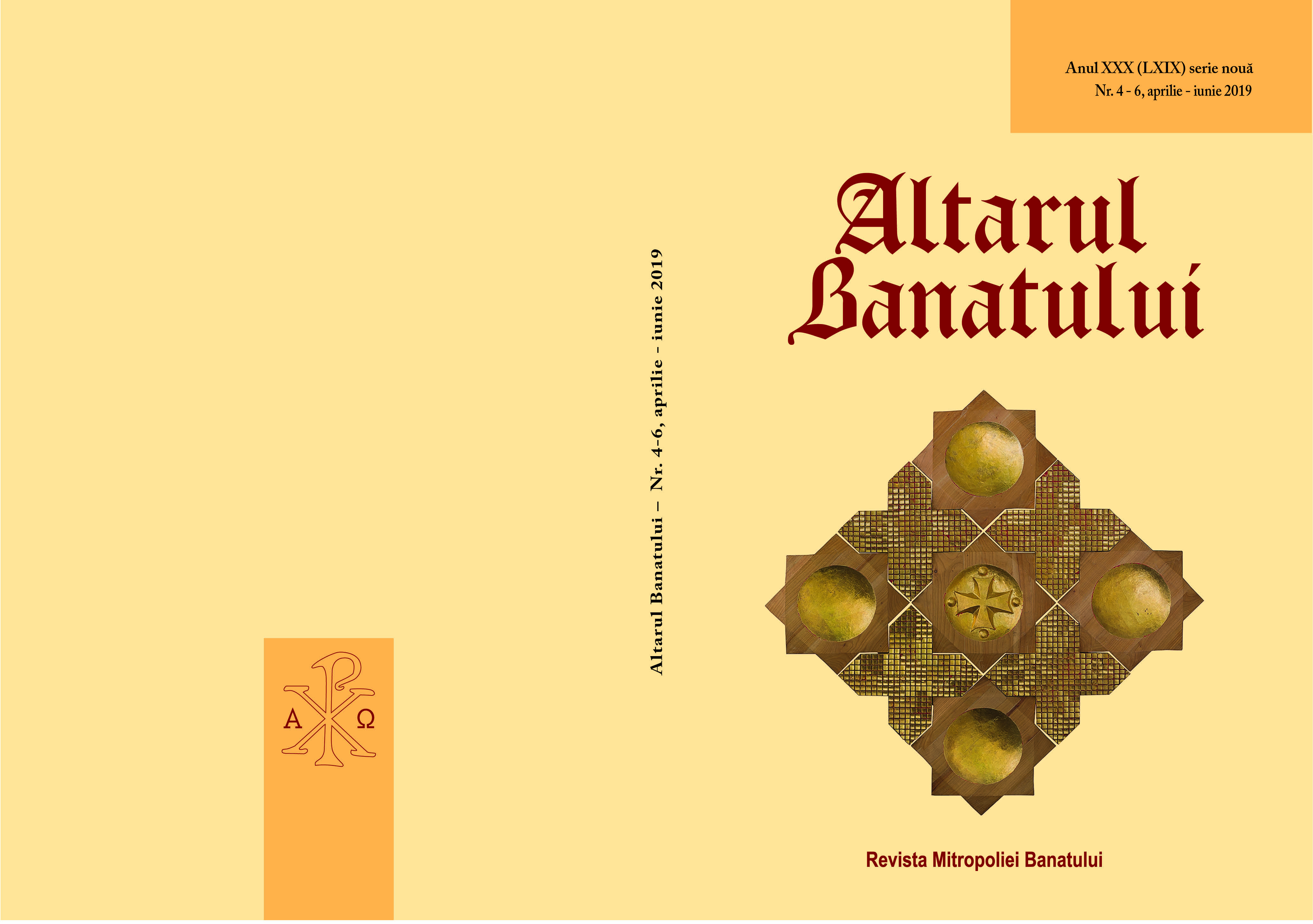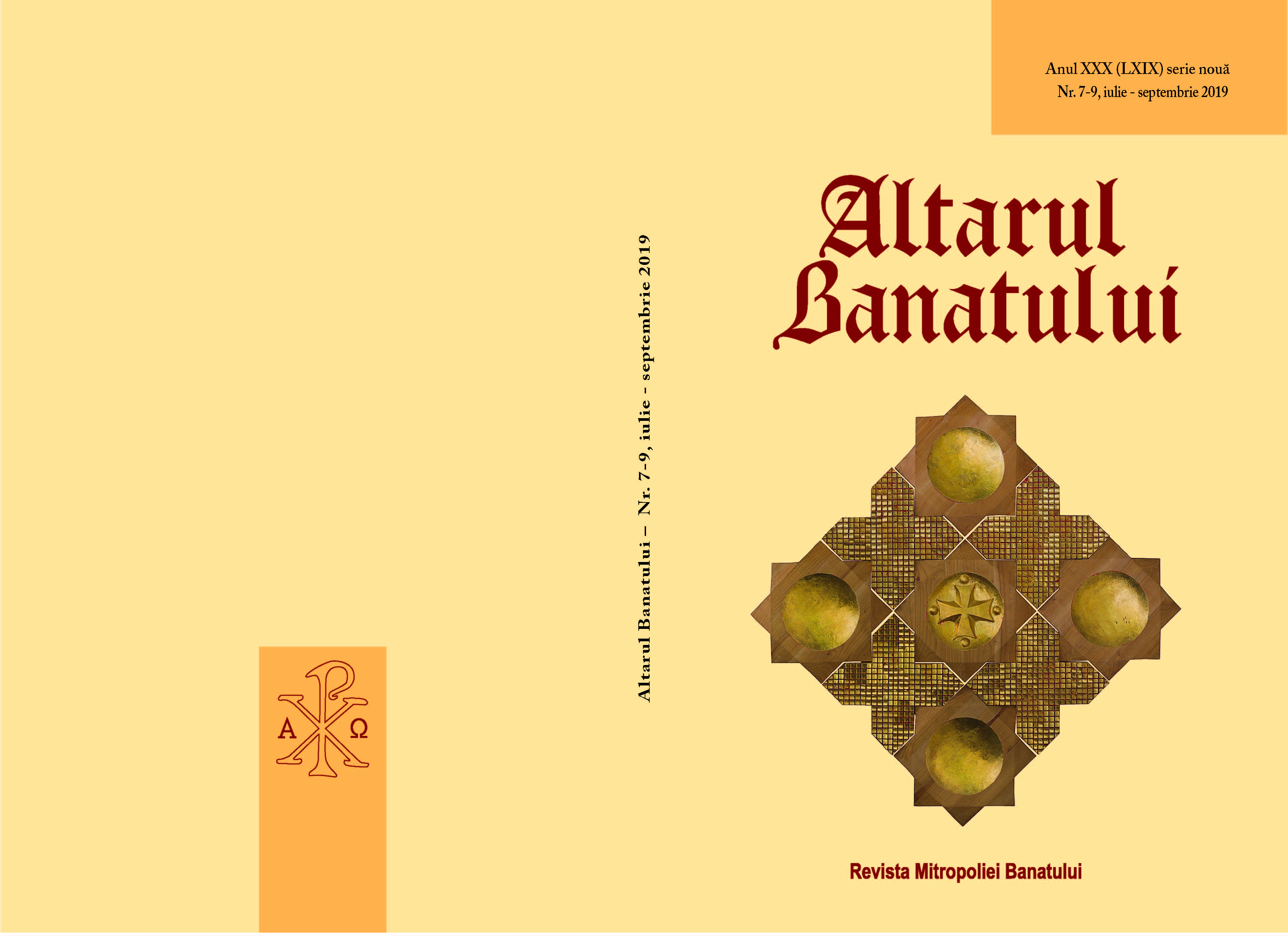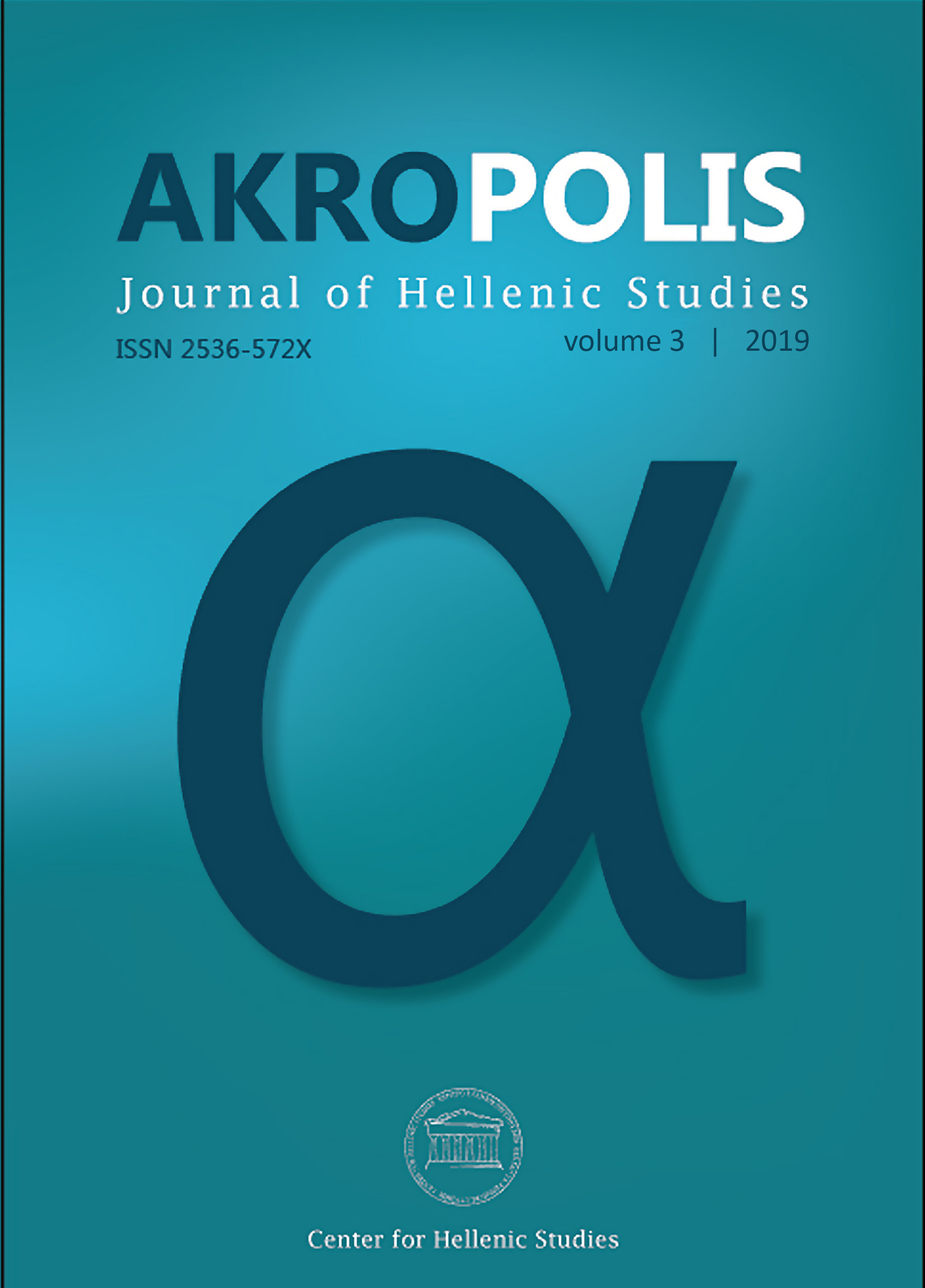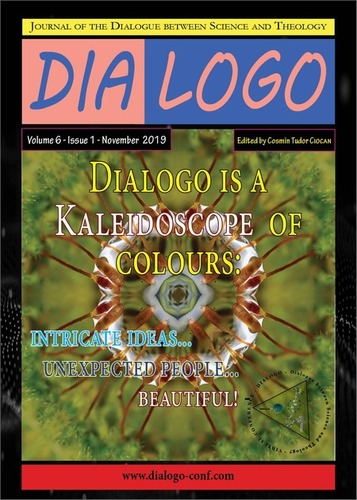Author(s): Emilian Adrian Gavrilean / Language(s): French
Issue: 2/2015
Located at 72 km from Suceava Fortress, Putna Monastery Church (1466-1469) dedicated to the,,Assumption of the Virgin” is the first and most important foundation of Stephen the Great and the Saint (1457-1504), built as a princely necropolis.Built in the Moldavian style, with Byzantine, Gothic and Renaissance architectural elements, purpose of this foundations was first of all liturgical, to celebrate The Seven Daily Prayers unto God by the hierarchy church (bishops, priests, deacons), in the center of which is until today the most important mystery of the Christianity - the Eucharist. But the Monastery of Putna was not just a spiritual center of Moldavian Christianity, it was one of the most important centers of medieval art and culture from the Romanian Principalities, here there are significant workshops for embroidery and iconography and a famous school of calligraphers and miniaturists. Most of the objects made here were destined of the religious cult of the monastery as well as Prince donations made of orthodox monasteries. As time passes many of liturgical objects from the altar of Putna have been deposited in the Thesaurus Tower (1481) and then exposed to the general public in the monastery museum which was inaugurated in 1976. Refurbished in 2004, the Putna Monastery Museum, located in the west section of the precinct is perhaps the most rich and valuable in the country, with many objects of the time Stephen the Great and from the period his direct descendants. Here are part of artistic and historical treasure of the monastery, consisting of the manuscripts (Tetraevanghelii, Psalter, educational books, Leastviţe, Psaltichii) and embroidery made in the monastery workshops (epitaphs, coverings for holy vessels, procovete, dvere, waves of temples, tombs coverings, priestly vestments), religious books, religious objects (sacred vessels, crosses, icons, censers, candles), ceramics, etc. Spiritual value of liturgical of the objects the Putna Monastery Museum analyzed in this study is doubled by the artistic value these amply reflecting the perfect harmony perfect between Cult and Culture in the Middle Age from the Romanian Principalities, between the liturgical function of these objects and Oriental, Byzantine, Gothic and Renaissance elements, with which they were decorated. At that time, perhaps more than ever, Art was Put in the Service of the Supreme Artist – God and His Service ,,as in heaven” by The Angelic Hierarchy ,,so on earth” by The Church Hierarchy.
More...

